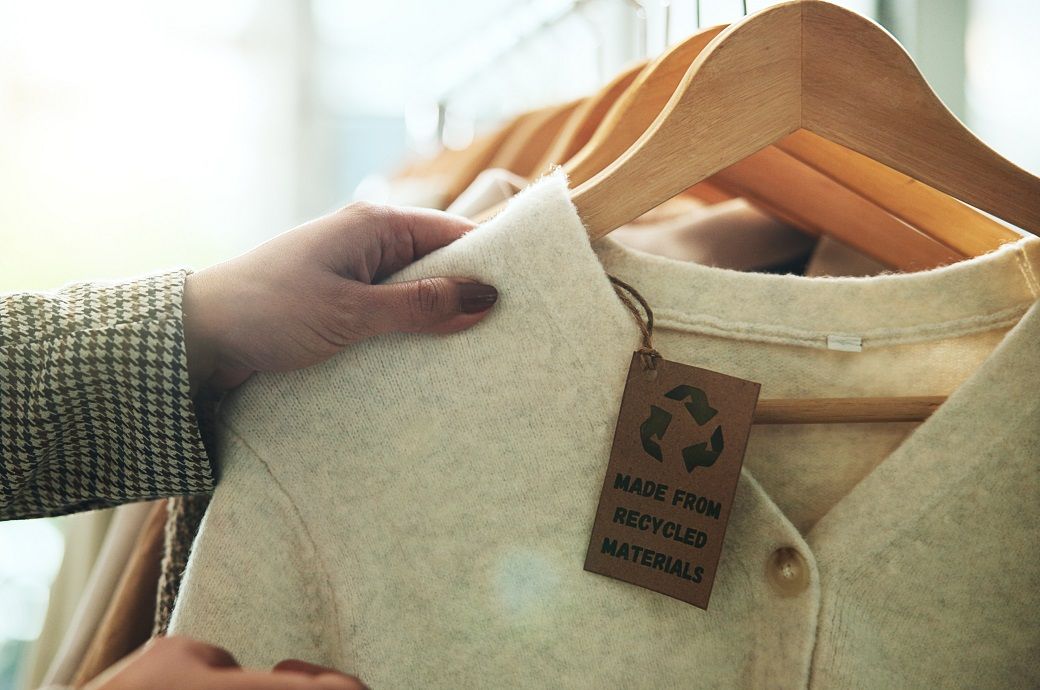In an increasingly volatile global textile market, these models are still treated as the default for competitiveness and business survival, he notes.
UK textile brands have reduced carbon emissions by 6 per cent and water use by 9 per cent since 2019, according to the fourth Annual UK Textile Pact Progress Update by WRAP. The report highlights important benefits derived from sustainable fibres, recycled content and improved manufacturing processes. However, increased production volumes (up 17 percent from 2019) offset the overall reductions.
The pact has two ambitious targets that will drive the transformation of the textile sector by 2030: a fifty per cent reduction in the overall carbon footprint of new textile products placed on the UK market and a 30 per cent reduction in the overall water footprint of new textile products placed on the UK market.
For the fourth year in a row, signatories took action under the pact and improved products by switching to less impactful fibers, increasing recycled content and adopting more sustainable manufacturing processes.
These efforts are bearing fruit and impacts per ton of textiles have decreased, with carbon reduced by 6 percent and water reduced by 9 percent compared to 2019 figures, said the Waste and Resources Action Program (WRAP), a global environmental action non-governmental organization (NGO), citing the Update.
Combined with the efforts of our reuse and recycling signatories, which displaced 1.12 million tonnes of carbon dioxide in 2024 alone, this represents remarkable progress.
However, these gains are being negated by volume growth. In 2024, brands and retailers placed 17 percent more textiles on the market than in 2019, leading to a 10 percent increase in total carbon emissions and a 7 percent increase in water use.
This implies that the impacts of the products are decreasing, but they are produced in such large quantities that the overall footprint continues to grow, the WRP noted.
All signatories continue to make improvements to reduce the environmental impact of their products. Sixty-two percent of the textiles that signatories market have reduced environmental impacts, up from 25 percent in 2019; 16 percent of fibers used by signatories are now recycled, up from 2 percent in 2021, surpassing the global average of 7.6 percent.
Reuse and recycling organizations handled 210,000 tons of used textiles in 2024, an increase of 27 percent from 2019.
The volume of products collected by brands and retailers for reuse and recycling has almost tripled since 2019, capturing items that might otherwise have ended up in household waste.
Circular business models continue to gain ground. While they currently represent a modest 0.02 percent of total tonnes sold/put on the market, enterprise adoption is increasing year on year, and 13 percent of used textiles reported by reuse and recycling signatories will be sold through peer-to-peer platforms in 2024.
Fiber2Fashion News Desk (DS)



